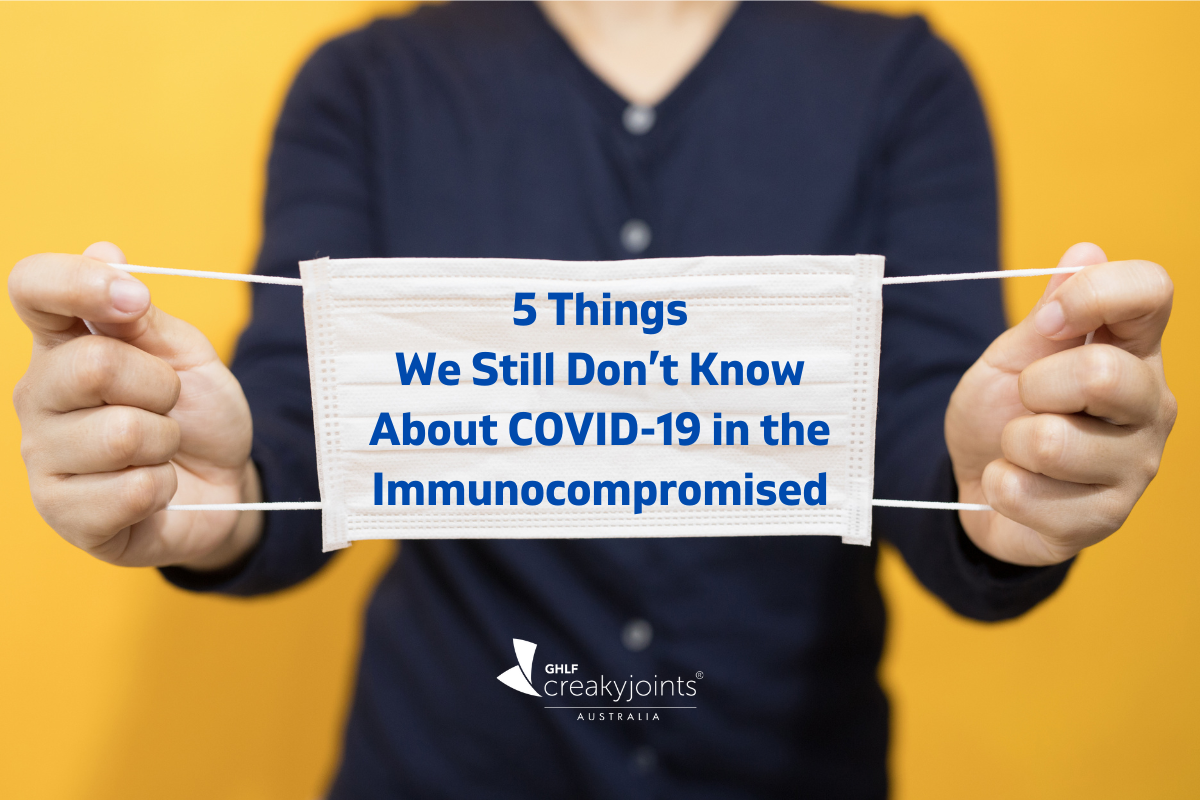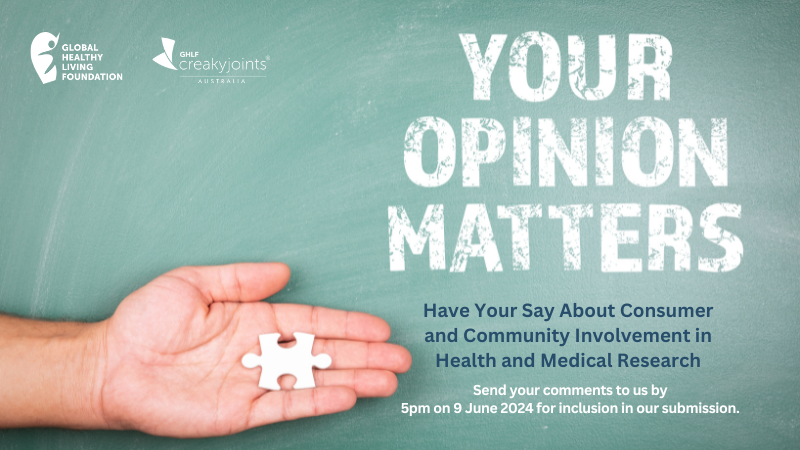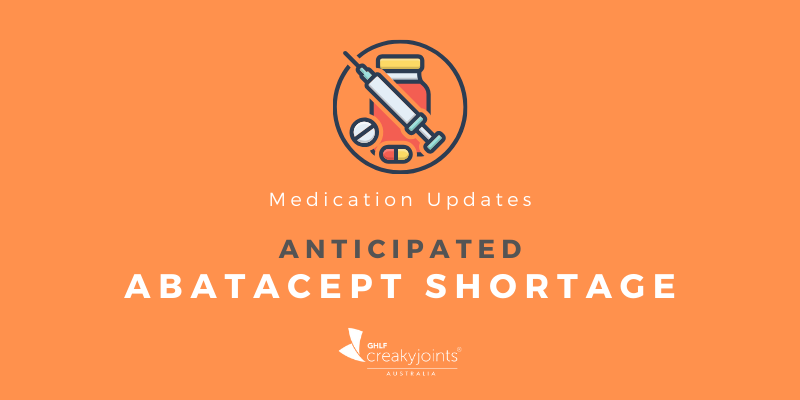

This article has been adapted, with permission, from a corresponding article by Kelsey Kloss on the CreakyJoints US website. Some content may have been changed to suit our Australian audience.
We’ve learned an immense amount about COVID-19 since March of 2020, but there’s still much we don’t know. This is particularly true when it comes to the immunocompromised.
While many individuals have grown more comfortable with the ambiguity, these unanswered questions are much more critical if you’re at high-risk for severe COVID-19. More clinical studies are needed to determine answers to questions that may help you return to “normal life,” but we’re not there quite yet.
Here are five mysteries about COVID-19 that still remain — and the clues we have so far.
What Level of Antibodies Means You’re Protected?
At the beginning of the pandemic, people in the US and other countries rushed to get their antibody levels tested. However, these tests are not available for personal use in Australia and have limited availability through point-of-care sites such as GPs. Although such tests may provide results, even doctors still aren’t sure what the results mean in terms of your protection.
Cells in your body called B lymphocytes create antibodies to protect you when an invader like SARS-CoV-2 arrives, per Johns Hopkins Medicine. Those antibodies stick around in your body to defend you in case that invader comes back.
You can get antibodies after natural infection with a virus and after getting a vaccine, since the latter teaches your body to mimic this response. However, there are different types of antibodies and not all tests look for the same ones. Plus, even once you know your levels, there are no established guidelines to determine what means you’re “protected” from the virus.
“The biggest question is understanding the correlate of immunity or the correlate of protection in terms of people who had prior infection or people who are vaccinated, and knowing what level of immune response is sufficient,” says infectious disease physician Amesh A. Adalja, MD, a Senior Scholar at Johns Hopkins Center for Health Security.
This would be particularly helpful data for immunocompromised patients who may not have a full immune response to the vaccine. Knowing what antibody levels show you’re protected or not could help doctors decide if you need extra doses of the vaccine or a preventive drug like Evusheld.
However, it’s also important to consider that measuring antibodies is only one part of the equation: There are several arms of the immune system, and in addition to antibodies, vaccination and natural infection generate T cell immunity — which may be as important, but more difficult to measure and not reflected in an antibody test.
“We need more longitudinal studies following people, measuring their levels of antibodies and T cells and seeing if they get infected, and trying to match it all up,” says Dr Adalja.
The Role of Immunocompromised People in New Variants
Experts believe that severely immunocompromised patients may give the SARS-Cov-2 virus a greater chance to mutate if they’re sick for a long period of time, leading to new variants. But we still don’t know the extent to which this occurs.
“It’d be important to understand what role replication of the virus in the immunocompromised plays in the development of new variants in the evolution of this virus and its overall trajectory,” says Dr Adalja. “There has been data in studies showing that happens, but we need to know how frequently that happens and what role those variants play in spread.”
For instance, some experts hypothesise that the Omicron virus may have originated in someone with a suppressed immune system. And the presence of several mutations has also been a hallmark of other variants of concern — including B.1.1.7 (alpha), B.1.351 (beta), P.1 (gamma) and B.1.617.2 (delta) — suggesting that viral evolution in immunocompromised patients may be an important factor in the emergence of such variants, per an August 2021 report in The New England Journal of Medicine.
Other reports have hinted at the role immunocompromised patients may play. In one November 2020 case study published in the journal Cell, long-term SARS-CoV-2 shedding (a time in which the virus replicates in the body and may be contagious to others) was found in the upper respiratory tract of an immunocompromised 71-year-old woman with chronic lymphocytic leukemia (CLL) and acquired hypogammaglobulinemia, an immune system problem that results in a lower antibody count and an increased risk of infection.
In another case, a COVID-19 patient who was being treated for lymphoma was given the medication rituximab after relapsing, according to a February 2021 report in the journal Nature. Rituximab is used for various diseases, including cancer and rheumatoid arthritis, and it depletes B cells that normally produce antibodies. For this patient, it made it difficult for him to fight off the SARS-CoV-2 virus.
The infected individual died 101 days after his COVID-19 diagnosis, despite being given the antiviral drug remdesivir, the steroid dexamethasone and antibody-containing convalescent plasma from recovered patients.
Experts discovered several mutations that could have potentially helped the virus escape antibodies in this patient.
However, there are many different types of immunocompromising conditions. Much of the research on COVID-19 viral mutations has included those who are severely immunocompromised from, say, cancer treatment or an organ transplant. In addition to better understanding the role immunocompromised patients may play in new mutations and variants of the virus, getting clear on how these different types of immunosuppression affect the trajectory of COVID-19 could also help doctors better determine a patient’s overall risk.
“There’s a big umbrella of immunocompromised and it’s hard to speak in generalised terms, so we need to know on an individual basis what type of immunosuppression sets up one for what type of infection and what type of response from vaccines,” says Aditya Shah, MD, an infectious disease consultant at the Mayo Clinic.
The Risk of Different Types of Transmission
If you’re high-risk for severe COVID-19, protecting yourself against potential sources of infection is top of mind — and you may be turning down invitations to dinner gatherings, weddings and other events in an effort to protect yourself.
Although we now know that the risk of contracting COVID by touching surfaces is low, per the US Centers for Disease Control and Prevention, other mysteries about transmission remain.
“We see a combination of both aerosols and larger particles spreading the virus,” says Dr Adalja. “Even if there is aerosol spread of the virus, there are some interesting scientific questions about the spectrum of transmission and why it doesn’t spread in the manner of traditional airborne pathogens like measles or chickenpox.”
The COVID-19 secondary attack rate in households — a measure of how fast the virus spreads in a living space — is much lower than that of measles and chickenpox, even when it comes to newer variants like Omicron, adds Dr Adalja.
Experts also still don’t know the risk of asymptomatic individuals (those who are infected but never show symptoms) and presymptomatic individuals (those who are infected but haven’t developed symptoms yet).
“This other role with transmission is really understanding how contagious they are and what role they play in spread,” says Dr Adalja.
Here’s what we do know: Experts warn that the virus can spread at least 48 hours before symptoms develop and that pre-symptomatic COVID-19 carriers are most contagious, per UT Health East Texas. Someone may unknowingly infect others while still feeling healthy during this stage.
An August 2021 study in JAMA Internal Medicine found that individuals infected with the COVID-19 virus are most contagious two days before, and three days after, they develop symptoms. The study also showed that infected individuals are more likely to be asymptomatic if they contracted the virus from someone who was asymptomatic. However, the virus may still cause damage to the lungs in those who are asymptomatic, per UT Health East Texas.
What Long COVID Means for the Immunocompromised
Long COVID is a concern top of mind for many right now, particularly those who already live with underlying conditions that affect their quality of life. However, experts first need to define what exactly it means before they can define its risks.
“There’s a lot of discussion about long COVID in the media, but I think it may be a bit overblown in the sense that we first need to define what the definition of long COVID is,” says Dr Shah. “I hope that guidelines drive organisations to define what long COVID is so we can help patients who may or may not be suffering from that.”
More clinical research will be needed to determine the symptoms of prolonged COVID and how it can be diagnosed and treated. Experts also still need to understand what makes certain patients suffer from COVID symptoms longer than somebody else would.
“We’re still scratching the surface with long COVID,” says Dr Adalja. “We need studies that differentiate the hospitalised patients from the non-hospitalised patients because there are well-demarcated diseases like post-ICU syndrome and post-hospital syndrome that occur. We also have to separate which types of post-COVID symptoms are actually limiting the activities of daily life, and which are not.”
Some research has shown potential links between COVID-19 with long-term lung abnormalities, the development of type 2 diabetes, and a higher risk of depression or anxiety.
When High-Risk Individuals Can Return to “Normal Life”
There’s no sure way to predict what the future of COVID variants may look like, but experts are hoping to learn more about seasonality and effective mitigation efforts.
“We humans may try to know and predict them, but mutations are very random and hence new variants will keep coming,” says Dr Shah. “I don’t think it’s possible to predict that. However, what is in our control is to mitigate the risk of infection, hospitalisation and death.” Vaccination has proven effective for this — and new therapeutics are now available for patients in both outpatient and inpatient settings.
In terms of seasonality, many experts believe that COVID will start to follow patterns seen in other viruses. “Eventually it will end up being seasonal and very much like the other four coronaviruses that cause 25 to 30 per cent of our common cold,” says Dr Adalja. “It’s just that, in the past, there hasn’t been enough population immunity for it to settle into that pattern. I think you will start to see more seasonal patterns over time as more immunity kicks in and as you get more people behaving closer to their pre-pandemic lives.”
While experts still don’t have a definitive timeline for what COVID will look like in the next few years — and it’s nearly impossible to predict — new drugs to prevent and treat the disease will likely make a sense of normalcy more attainable for those at high-risk. “Normal life means different things for different people,” says Dr Shah. “If somebody is immunocompromised, they can still take precautions and live a fairly normal life. But at the end of the day, I don’t think we can prescribe a timeline for how this is going to go.” Everyone has to gauge their own comfort level when it comes to resuming normal activities.
In the meantime, you can reduce your risk by getting fully vaccinated (including boosters or additional shots recommended), talking to your doctor about preventive drugs like Evusheld, and managing your underlying condition to maintain a healthy baseline.
If you’re struggling with a sense of being “left behind” as the general population returns to pre-pandemic routines, here’s how the immunocompromised community can support each other during this stage of the pandemic.
Keep Reading
- Rheumatologists Share Updated COVID-19 Vaccination Advice for Rheumatology Patients
- GHLF Australia COVID-19 self-care guide: Essential pre-planning information for people with chronic conditions
- Highlights From the Australian Rheumatology Association 2022 Annual Scientific Meeting
- Patient PrepRheum podcast series
- How to Access Holistic Allied Health and Rheumatology Support Online
Sources for the original article
Avanzato VA, et al. Case Study: Prolonged Infectious SARS-CoV-2 Shedding from an Asymptomatic Immunocompromised Individual with Cancer. Cell. December 23, 2020. doi: https://doi.org/10.1016/j.cell.2020.10.049
Corey L, et al. SARS-CoV-2 Variants in Patients with Immunosuppression. The New England Journal of Medicine. August 5, 2021. doi: https://doi.org/10.1056/NEJMsb2104756
Ge Y, et al. COVID-19 Transmission Dynamics Among Close Contacts of Index Patients With COVID-19. August 23, 2021. JAMA Internal Medicine. doi: https://doi.org/10.1001/jamainternmed.2021.4686
The Immune System. Johns Hopkins Medicine. Accessed May 26, 2021. https://www.hopkinsmedicine.org/health/conditions-and-diseases/the-immune-system
Interview with infectious disease physician Amesh A. Adalja, MD, a Senior Scholar at Johns Hopkins Center for Health Security
Interview with Aditya Shah, MD, an infectious disease consultant at the Mayo Clinic
Kemp SA, et al. SARS-CoV-2 evolution during treatment of chronic infection. Nature. February 5, 2021. doi: https://doi.org/10.1038/s41586-021-03291-y
Pre-Symptomatic vs. Asymptomatic: The Difference Explained. UT Health East Texas. Accessed May 26, 2022. https://uthealtheasttexas.com/virtualcare/articles/pre-symptomatic-vs-asymptomatic-difference-explained




